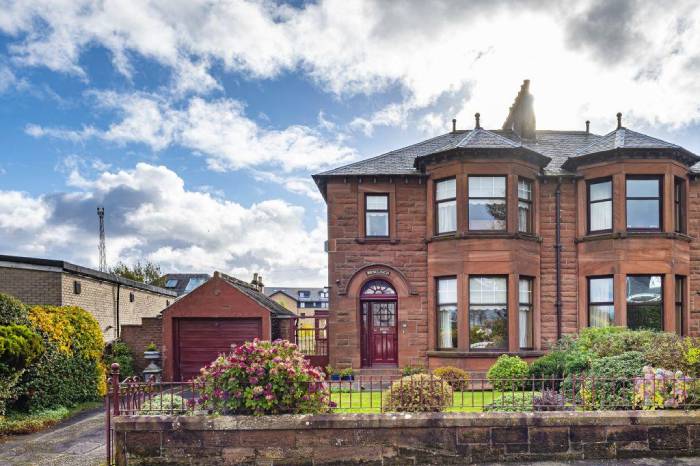This article aims to highlight the differences in how architects and non-architects perceive buildings and aspects of buildings, due to the gap in language and terminology that they use. This difference suggests a possibility that clients sometimes feel intimidated or the architects do not take the time to consider or device an effective way of communication to suit their clients’ needs (Siva and London, 2011). As a consequence, many clients are often left with repentance, since they end up eliminating countless desirable options along the way (Carmon et al., 2003). It is confusing for clients to select an architect, because of the ambiguities and impediments involved in a custom design solution. The fear of being dissatisfied by customised architectural solutions for their housing needs makes many potential clients buy a flat in a real estate development instead.
In the last three decades, the real estate market has grown tremendously, sustaining itself through vicissitudes and continuing to flourish at a swift rate. Perhaps developers are better able to meet the demands and needs of the general public. Traditionally, mass housing schemes were designed by experts in the field of architecture (architects, technical architects, etc.), without taking into consideration customers’ or users’ opinions (Montanana, Llinares and Navarro, 2013). However, the modern housing sector operates on a new model: a product development management tool, which not only considers the needs and requirements of end users and potential customers but also makes them an integral part of their wealth-creating chains, thereby selling them the concept of becoming rich. Arguably, modern-day clients can find more value in an upcoming real estate development than a private home constructed by an architect. By selling a flat, developers empower their customers to avail themselves of products and services that are better adapted to their social, functional and emotional needs, such as community halls, clubhouses, day-care centres, shopping centres, etc.
Language and terminology in architecture
Many studies have concluded that architects and non-architects have completely diverse perceptions of and emotional responses towards buildings. Robert G. Hershberger’s (1969) study explores the possibility of whether architects are able to use buildings as a communication tool to convey their intentions to non-architects. His experiment involved comparison of differential ratings of twenty-five aspects of buildings, using thirty semantic scales, by four groups of respondents: graduating students, pre-architects, architects and laypersons. Hershberger found that the architects had a completely different way of perceiving buildings, a tendency that he attributed to their professional education. Although architects can speak in simple clients language, but they’d rather not, due to peer oriented work culture and their ego!
Groat (1982) studied the significance of modern and postmodern architecture and found differences in the ways that architects and accountants interpreted and classified buildings. She found that while accountants tended to sort buildings based on preference and type, architects instead used categories, such as design quality, form, style and historical significance. Again, these differences appear primarily due to training as, for example, the architects could clearly distinguish between modern and postmodern designs, whereas the accountants could not. Nasar (1988) found that when architects were asked to predict what non-architects would find appealing, they were often unable to do so. Subsequently, Devlin and Nasar (1989) confirmed that architects and non-architects had different perceptions of architectural style and different style preferences.
Akalin et al. (2009) did a study by analysing architecture and engineering students’ evaluation of fifteen photographs of five sets of single-family house facades with different degrees of complexity. He found that the engineering students’ responses to the properties were more positive, whereas the architecture students proved to be more critical. Designers and users have different reactions to and preferences for environments, in their study, Erdogan et al. (2010), found ‘meaningfully different aesthetic attitudes between the pre-architects and new learners’.
By applying Brunswik’s Lens Model (1956), which assumes that individuals respond to particular characteristics in the physical environment, Montañana et al. (2013) conducted a study with 80 architects and 80 non-architects to evaluate their reactions and emotional impressions and to translate these findings into participants’ overall evaluation of the building. It was found that the architects based their assessments on design-related aspects (innovation, amount of light and whether a structure was outward-facing), while non-architects focused on functionality (family home, good functional layout). Their results suggest an increased awareness about functional requirements on the client’s side, which may be attributed to the rise of the internet in the last decade, DIY catalogues, print and online media, etc. Their findings also suggest a change in the public’s attitude, where more architectural clients are shifting towards a demand-based solution to meet their needs (ibid.)
The disparity between the language and terminology used by architects and clients offers insight into the reasons for the poor development of their relationship. It raises questions about the capability of architects, given that part of the architect’s job is to understand client (that is, lay) perceptions and accentuates the need for additional training of architects to better understand the public’s tastes.



































